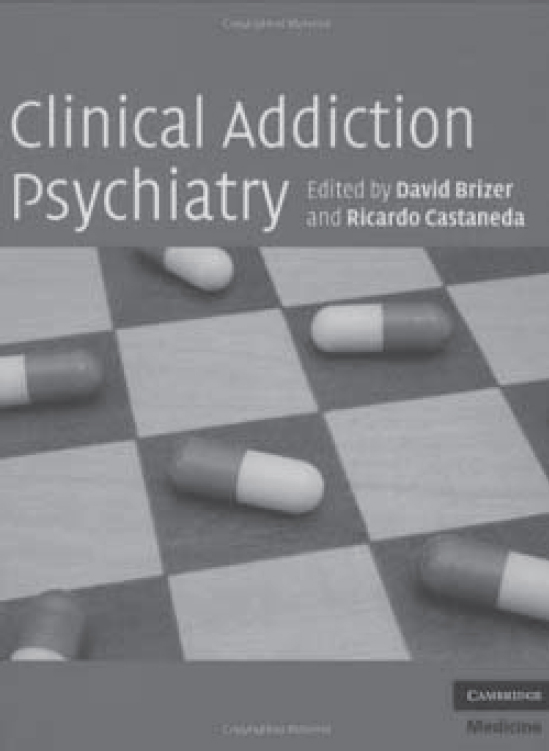
This is a multi-author book edited by two New York-based psychiatrists. All of the 30 or so contributors are from the USA. It is brief for such a textbook at around 260 pages but the list price is £75. The back cover tells us that the book is aimed at addiction counsellors, with a hope that it will be of interest to patients, families and physicians.
Unexpectedly for a multi-author book, most of the chapters have a consistent tone and style, best described as clinical lore leavened with the occasional reference to supportive peer-reviewed evidence. Only the chapters on pharmacotherapy and dialectic behaviour therapy attempt a systematic review of published evidence. There is much accumulated clinical experience described across other chapters, and the value which readers draw from this will vary depending on their own experience and whether their interests and inclinations match those of the authors. I found the chapter on cosmetic psychopharmacology, which covered caffeine, methylphenidate and steroids, interesting and novel. The section on ibogaine, a drug derived from a west African plant which has been reported to help with withdrawal and relapse prevention in opiate and cocaine dependence, was well researched and informative.
Too many of the other chapters, though, were subjective and selective for this to be recommended as a comprehensive textbook for any readership. To a UK reader, the absence of any reference to brief interventions in a chapter on substance misuse in primary care seems inexplicable. There is little on harm reduction. Motivational interviewing only gets a couple of passing references. The chapter on methadone gives interesting insight into the US healthcare system but, like other contributions, is more a polemic than a review. Only the dialectic behaviour therapy chapter deals in any depth with aspects of co-occurring addiction and psychiatric disorder.
For many practitioners in substance misuse and addiction psychiatry, the interface with local cultural influences is part of the fascination of the discipline. Successful international publications in addiction utilise international differences to enhance learning. This book, however, is too parochial and I could not recommend it.



eLetters
No eLetters have been published for this article.